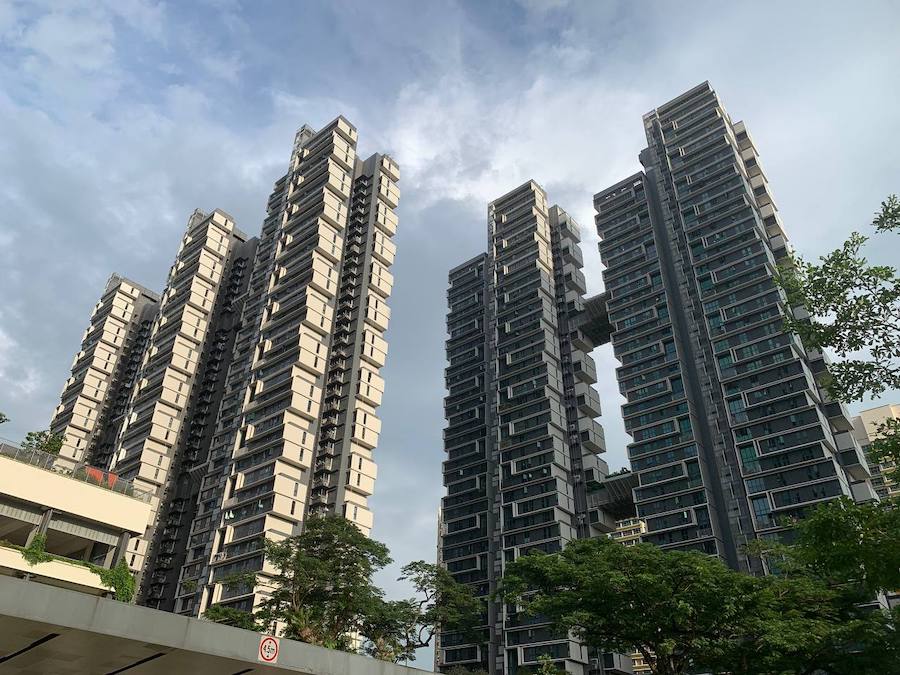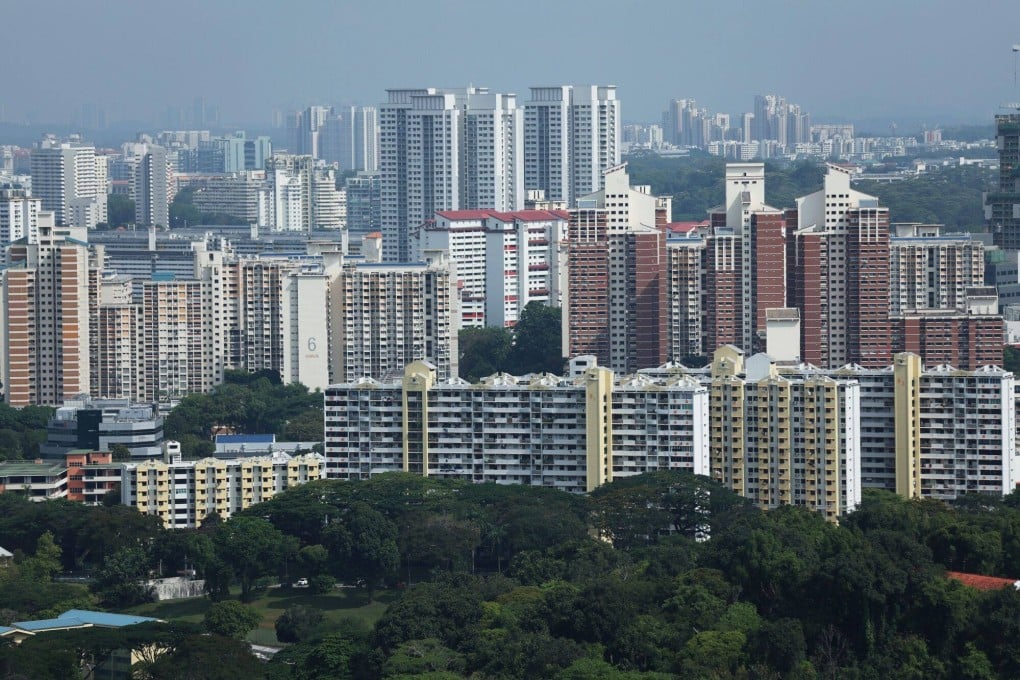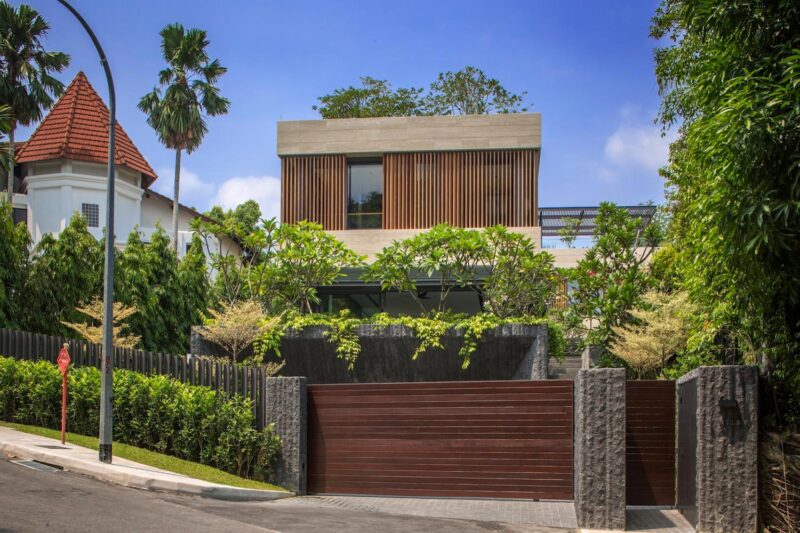Singapore’s property market, a vibrant tapestry of opportunity and challenge, reflects a confluence of factors that dictate the ebb and flow of property prices. Nestled at the crossroads of Asia, this city-state boasts a unique blend of cultural heritage and modern innovation, which significantly influences its real estate landscape.
From government policies and economic performance to demographic
Singapore’s property market, a vibrant tapestry of opportunity and challenge, reflects a confluence of factors that dictate the ebb and flow of property prices. Nestled at the crossroads of Asia, this city-state boasts a unique blend of cultural heritage and modern innovation, which significantly influences its real estate landscape.
From government policies and economic performance to demographic trends and environmental considerations, a myriad of elements shape the dynamics of property valuation. In this evolving environment, developments like River Green stand out, offering a harmonious mix of nature, luxury, and smart urban planning that aligns with the preferences of modern homeowners and investors.
As we delve deeper into this intricate web, we uncover the key drivers that not only affect property prices but also define the very character of Singapore’s housing market.
Understanding these factors is vital for investors, homeowners, and anyone intrigued by the pulse of one of the world’s most sought-after real estate hubs.
Trends and environmental considerations, a myriad of elements shape the dynamics of property valuation.
As we delve deeper into this intricate web, we uncover the key drivers that not only affect property prices but also define the very character of Singapore’s housing market. Understanding these factors is vital for investors, homeowners, and anyone intrigued by the pulse of one of the world’s most sought-after real estate hubs.
Economic Indicators and Their Impact on Property Prices

Economic indicators play a pivotal role in shaping property prices in Singapore, acting as barometers that reflect the overall health of the market. Factors such as GDP growth, inflation rates, and unemployment figures intertwine to influence demand and supply dynamics.
When the economy flourishes—evidenced by rising GDP—consumer confidence typically surges, leading to an increased appetite for property investments. Conversely, signs of economic downturn, like higher unemployment or escalating inflation, can suppress buyer enthusiasm, causing property prices to stagnate or even decline.
Moreover, the government’s monetary policy, which determines interest rates, further complicates this relationship; lower rates can stimulate borrowing, incentivizing more buyers to enter the market and thereby driving prices up. In a city-state with a finite land supply, such shifting economic indicators can spark rapid fluctuations in property values, underscoring the fluid nature of real estate investment in Singapore.
Government Policies and Regulations

Government policies and regulations play a pivotal role in shaping property prices in Singapore, acting as both a guiding force and a constraint for investors and homeowners alike. The Housing and Development Board (HDB) policies, for instance, determine the availability of public housing, while measures such as the Additional Buyer’s Stamp Duty (ABSD) and Loan-to-Value (LTV) limits aim to cool speculative buying and promote sustainable growth. Moreover, recent initiatives focusing on environmental sustainability, like the Green Mark certification, not only influence purchasing decisions but also drive property values upward for greener developments.
Market dynamics can quickly shift due to new policies, making seemingly stable prices fluctuate unexpectedly. In such a tightly regulated landscape, understanding the implications of government intervention becomes essential for navigating the Singaporean real estate market effectively.
Location and Accessibility

Location and accessibility stand as pivotal determinants in the intricate landscape of property prices in Singapore. The city-states strategic positioning boasts a blend of urban vibrancy and serene suburban retreats, attracting a diverse range of buyers.
Proximity to essential amenities—think schools, shopping malls, and healthcare facilities—can significantly sway property values. Moreover, neighborhoods well-served by public transport, such as the MRT system, often command premium prices, reflecting their desirability.
Areas experiencing infrastructural developments, like new expressways or upcoming train stations, can witness a surge in property demand as future residents flock to the promise of convenience. Yet, the charm of a location extends beyond mere logistics; it encapsulates the cultural vibrancy and lifestyle offerings that make a neighborhood not just a place to live, but a place to call home.
Thus, savvy investors and homebuyers must closely assess both the geographic nuances and connectivity when navigating the dynamic real estate market.
Conclusion
In conclusion, understanding the various factors that influence property prices in Singapore is essential for prospective buyers and investors alike. Economic indicators, government policies, location dynamics, and demographic trends all play significant roles in shaping the property market.
Notably, developments such as the River Green project highlight how urban planning and lifestyle amenities can enhance property value, thereby attracting buyers seeking a vibrant community experience. As the landscape of Singapore continues to evolve, staying informed about these key factors will empower individuals to make more strategic decisions in an increasingly competitive real estate environment.


